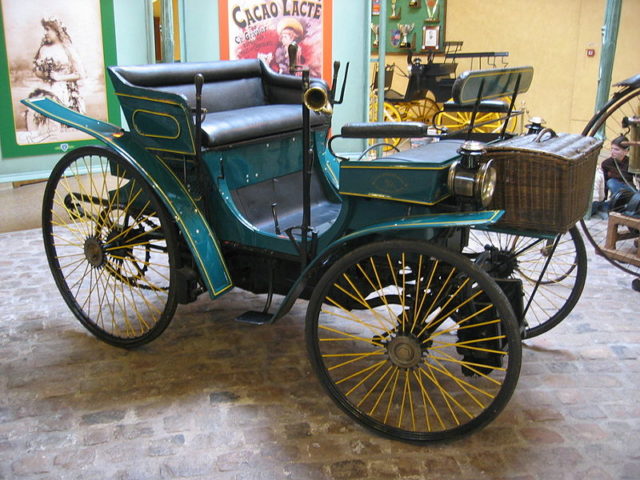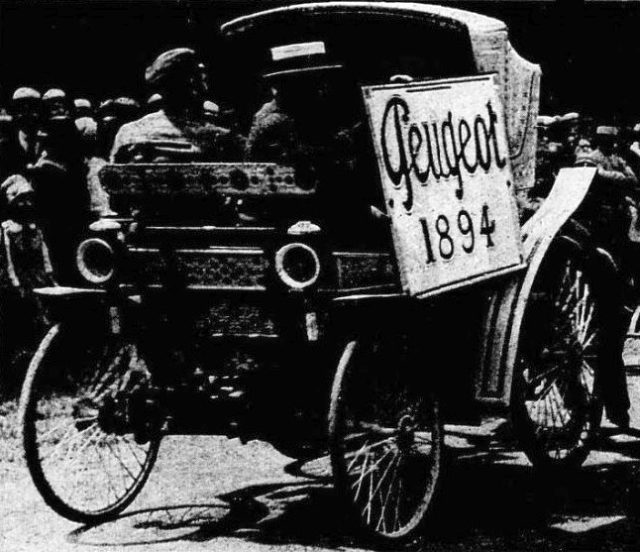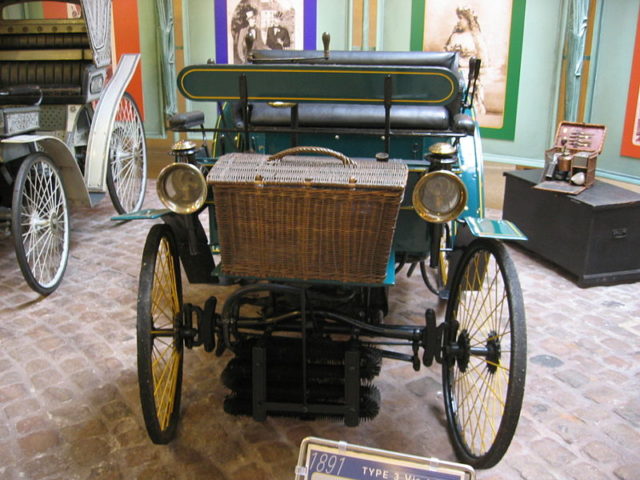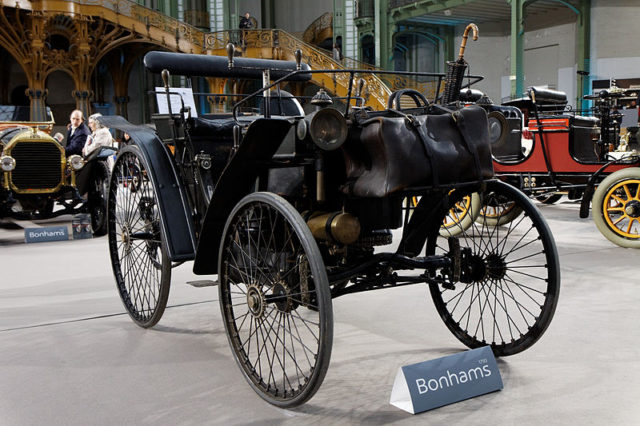The famous French car manufacturer, Peugeot, was founded a long time before cars even existed. Established in 1810, the company began working with steel products when the Peugeot brothers, Jean-Pierre II and Jean-Frédéric, decided to transform their father’s grain mill into a steel foundry. The brothers had knowledge in engineering, so manufacture of a wide range of products begun. Peugeot produced coffee mills, pepper grinders, saws, umbrellas, bicycles, chisels and many other items.
However, there was one member of the Peugeot family that was interested in automobiles and their production. Armand Peugeot is the man responsible for what Peugeot represents today. After meeting Gottlieb Daimler, a pioneer of internal-combustion engines and automobile development, Armand saw the potential in car manufacturing. Due to a conflict with the rest of the family, Armand decided to split and founded a new company: the Société des Automobiles Peugeot. Two years later, in 1889, the first Peugeot car was made.


The first model, Serpollet-Peugeot, was a tricycle powered by a steam engine, designed by Léon Serpollet.Only four pieces of this model were produced. Armand took the cars to the Universal Exhibition in Paris, where he learned about the internal-combustion engine of Daimler.
After the exhibition, Daimler arranged for his gasoline powered engine to be produced in Paris and made a deal with Armand Peugeot to use this engine in the new models. So, Peugeot Type 2 was born. As well as the first model, only four pieces of Type 2 were made. Three of them were quadricycles, while the fourth one was a tricycle.

Soon after this, Peugeot started the production of Type 3. Introduced in 1891, this model powered by a small Daimler engine, was the first model of Peugeot to be sold to the public. A total of 64 pieces of Type 3 were produced at the factory in Valentigney. The production lasted for three years and ended in 1894. The car was a quadricycle with four inward-facing seats. The 565 cc V-twin engine produced two bhp, making the car go as fast as 11 miles per hour. The model had vertical control for steering, while the transmission of Type 3 was chain-driven.

Armand Peugeot was so proud of Type 3 that he decided to present its quality by driving it alongside the cyclists in the Paris-Brest-Paris race. The Chief Engineer, Louis Rigoulot, and his workshop foreman, Auguste Doriot, were with him at the presentation.
The car operated for 914 miles without any big malfunctions. This was the longest time and distance covered by a gasoline-powered vehicle, so Armand Peugeot set a new world record. Later, a lightened Type 3 entered the Paris-Bordeaux-Paris car race. The car managed to maintain an average speed of 13 miles per hour, but it finished second.

Peugeot still keeps Armand’s tradition: creating and maintaining collaborations with other manufacturers, such as Ford, BMW, Citroen and many others. Today, the company is one of the largest car producers in Europe.
Their iconic lion logo was registered as a trademark in 1858. They are one of the rare companies where the descendants of the founders are still shareholders and managers. Being a tradition-driven company, Peugeot is still producing saws/chisels, grinders and salt and pepper mills.
